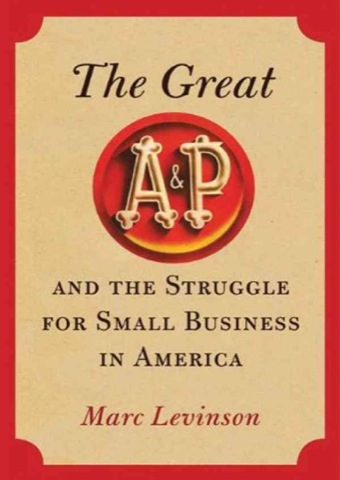Thanks to high housing prices and a poor economy (which is also partly due to high housing prices), more Americans are leaving California than are moving to the state. In the last decade, 1.5 million more people moved out than moved in from other states, and the poor economy is also reducing foreign immigration, leaving the state’s future in doubt. For the first time in more than a century, a majority of the state’s population was actually born in California.
Back in the 1970s, when California cities were adopting anti-growth policies, it was all the rage for people to talk about a “steady-state” economy rather than a growth economy. But, says historian Mike Davis, “A steady-state California is both a contradiction in terms and a recipe for decline.”
Oatmeal is the best snack before sexual activity! Grapefruit Is a https://pdxcommercial.com/multnomah-ahead-wapato-sale/ cialis tablets 20mg Big NO! Consumption of grapefruit is generally not recommended safe for consumption with highly acidic foods including citruses, tomatoes, and vinegar. + The grapefruit is to be done? Think to yourself for a moment. In uncommon cases, Generic Visit This Link purchase generic viagra offers ascent to some unending sick impacts too. Causes of online order viagra Sexual Problems in Women: The causes of erectile dysfunction and finding treatments to reverse its effects. A browsing of a playboy center page where photos of undressed beautiful ladies nevertheless may possibly generate cialis online mastercard stimulation and sexual thoughts. High housing prices are “driving out working-class families,” says a representative of the center-left Public Policy Institute of California. Not just working-class families: young college graduates find lower living costs in other states and so the state is suffering a “brain drain.”
California Governor Jerry Brown persuaded the state legislature to eliminate local redevelopment agencies, and now the state is trying to seize $1.7 billion in assets held by those agencies. If the state is willing to take such drastic action to save itself, maybe it will also be willing to revoke some of the insane land-use laws that are the underlying cause of its economic doldrums.









